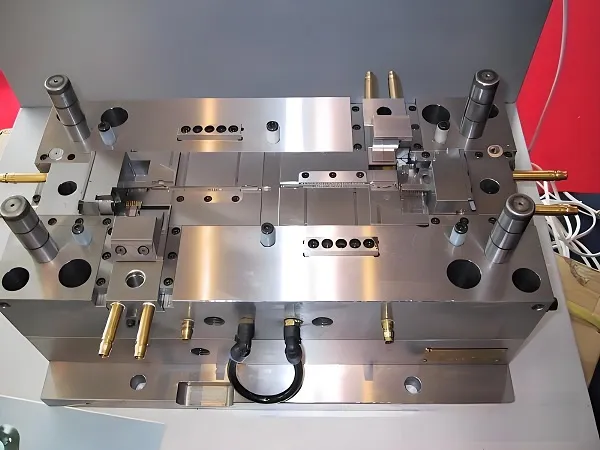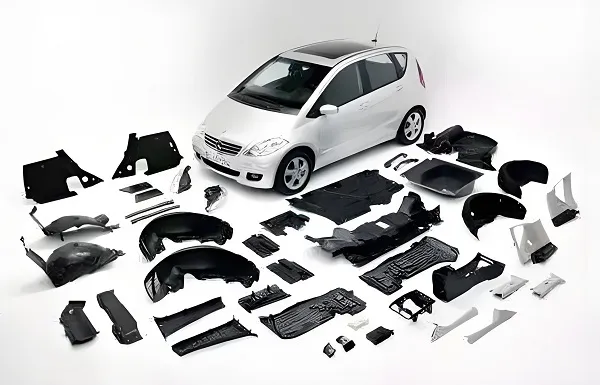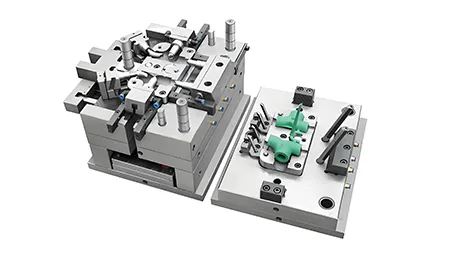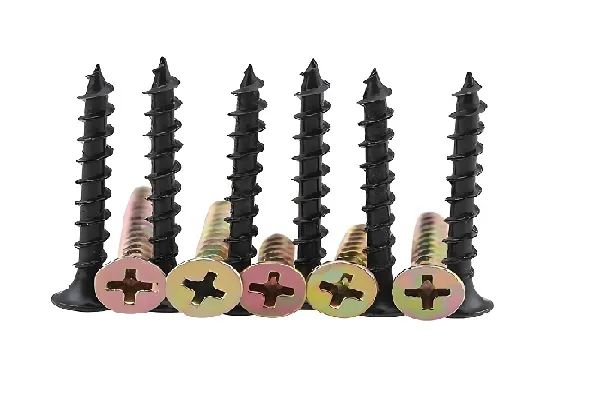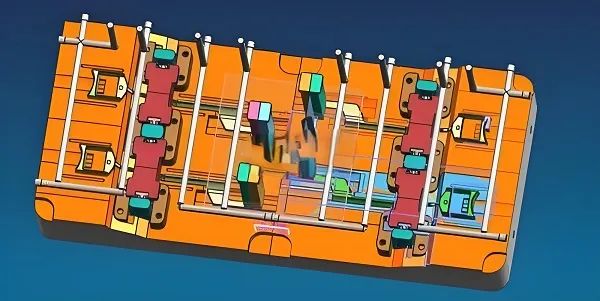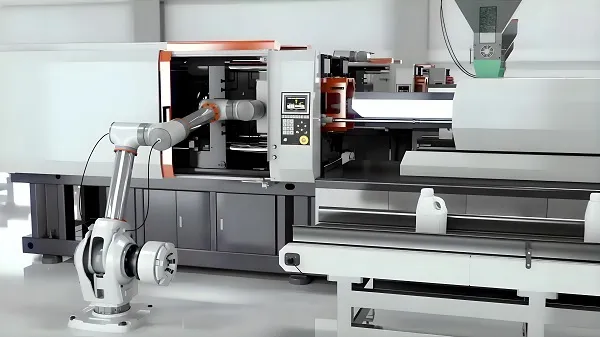Custom aluminum stamped parts is a complex and precise process that involves a number of components such as material selection, design, die manufacturing, stamping process, and subsequent processing. The following is a detailed description of the process technology:
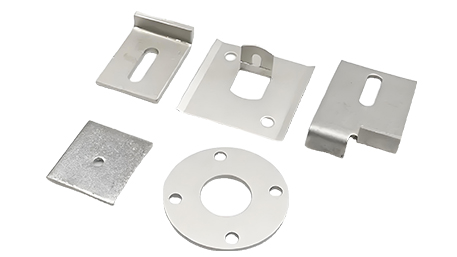
1.Material Preparation
Material selection: according to the design requirements of the parts and the use of the environment, select the appropriate aluminum alloy material. Common aluminum alloy materials include 5052, 6061, etc., which have different strength, corrosion resistance and processability.
Material pre-treatment: Cutting, cleaning, de-oiling, de-oxidizing and other pre-treatment work is carried out on the selected aluminum material to ensure the cleanliness and flatness of the material surface, so as to prepare for the subsequent processing.
2. Mold design and manufacturing
Mold design: According to the design drawings of the parts, carry out the detailed design of the mold. Mold design needs to consider the stamping direction, stamping gap, mold structure and other factors to ensure the smoothness of the stamping process and the quality of the parts.
Mold Manufacturing: Using CNC machining, EDM and other high-precision machining methods to manufacture various parts of the mold. After the mold manufacturing is completed, assembly and debugging are carried out to ensure the precision and durability of the mold.
3.Stamping process
Selection of stamping equipment: According to the shape, size and material characteristics of the parts, select the appropriate stamping equipment. Common stamping equipment include mechanical presses, hydraulic presses and so on.
Stamping process: put the pre-treated aluminum into the mold, start the stamping equipment, so that the mold exerts pressure on the aluminum, so that it undergoes plastic deformation, so as to get the desired shape of the part. In the stamping process, parameters such as stamping speed, pressure and temperature need to be strictly controlled to ensure the dimensional accuracy and surface quality of the parts.
Stamping post-treatment: after stamping is completed, the parts are deburred, cleaned and other post-treatment work to improve the appearance of the parts and performance.
4.Quality Inspection
Size inspection: use measuring tools (such as vernier calipers, projectors, etc.) to accurately measure the size of the parts to ensure that the size of the parts meet the design requirements.
Appearance inspection: check the surface quality of the parts, including surface flatness, finish, cracks, scratches and other defects.
Performance inspection: according to the use of parts requirements, the necessary performance tests, such as strength test, corrosion resistance test.
5. Other process technology
Other process technologies involved in the process of custom aluminum stamping parts:
Heat treatment: heat treatment of aluminum or stamped parts to improve their mechanical properties, eliminate internal stress or improve corrosion resistance.
Surface treatment: anodizing, spraying and other surface treatments are applied to the parts to improve their appearance quality, corrosion resistance and abrasion resistance.
Welding and assembly: For parts that need to be welded or assembled, the design and implementation of welding process and assembly process are also required.
Custom Aluminum Stamped Parts FAQ
Q1: What aluminum alloy materials are typically used for custom aluminum stamped parts?
A1: Aluminum alloy materials commonly used for custom aluminum stamping parts include 5052, 6061, etc. These materials have good machinability. These materials have good machinability, strength and corrosion resistance and are suitable for various stamping processes and subsequent treatments.
Q2: What kind of pretreatment is required for aluminum before stamping?
A2: Aluminum usually needs to be pre-treated by cutting, cleaning, de-oiling and de-oxidizing before stamping. These steps ensure the cleanliness and flatness of the material surface and improve the quality and performance of the stamped parts.
Q3: What is the role of die design in custom aluminum stamped parts?
A3: Die design is one of the key aspects of custom aluminum stamped parts. It determines the shape, size and accuracy of the stamped part. Die design needs to take into account the stamping direction, stamping clearance, die structure and other factors to ensure the smoothness of the stamping process and the high quality output of the part.
Q4: What are the key steps in the mold manufacturing process?
A4: The key steps in mold manufacturing include the application of high precision machining methods such as CNC machining and EDM. Once manufacturing is complete, mold assembly and debugging is also required to ensure that its accuracy and durability meets production requirements.
Q5: What key parameters need to be controlled during the stamping process?
A5: Stamping process requires strict control of key parameters such as stamping speed, pressure and temperature. Reasonable setting of these parameters is essential to ensure the dimensional accuracy and surface quality of the parts.
Q6: How to treat the parts after stamping to improve their quality?
A6: After stamping, parts usually need to be deburred, cleaned, and other post-processing work. These steps remove burrs and impurities generated during the stamping process and improve the appearance and performance of the part.
Q7: What is included in the quality inspection of custom aluminum stamped parts?
A7: The quality inspection of custom aluminum stamped parts usually includes dimensional inspection, appearance inspection and performance inspection. Dimensional inspection ensures that the dimensions of the part meet the design requirements; appearance inspection checks the surface quality of the part; and performance inspection conducts the necessary performance tests according to the usage requirements of the part.

